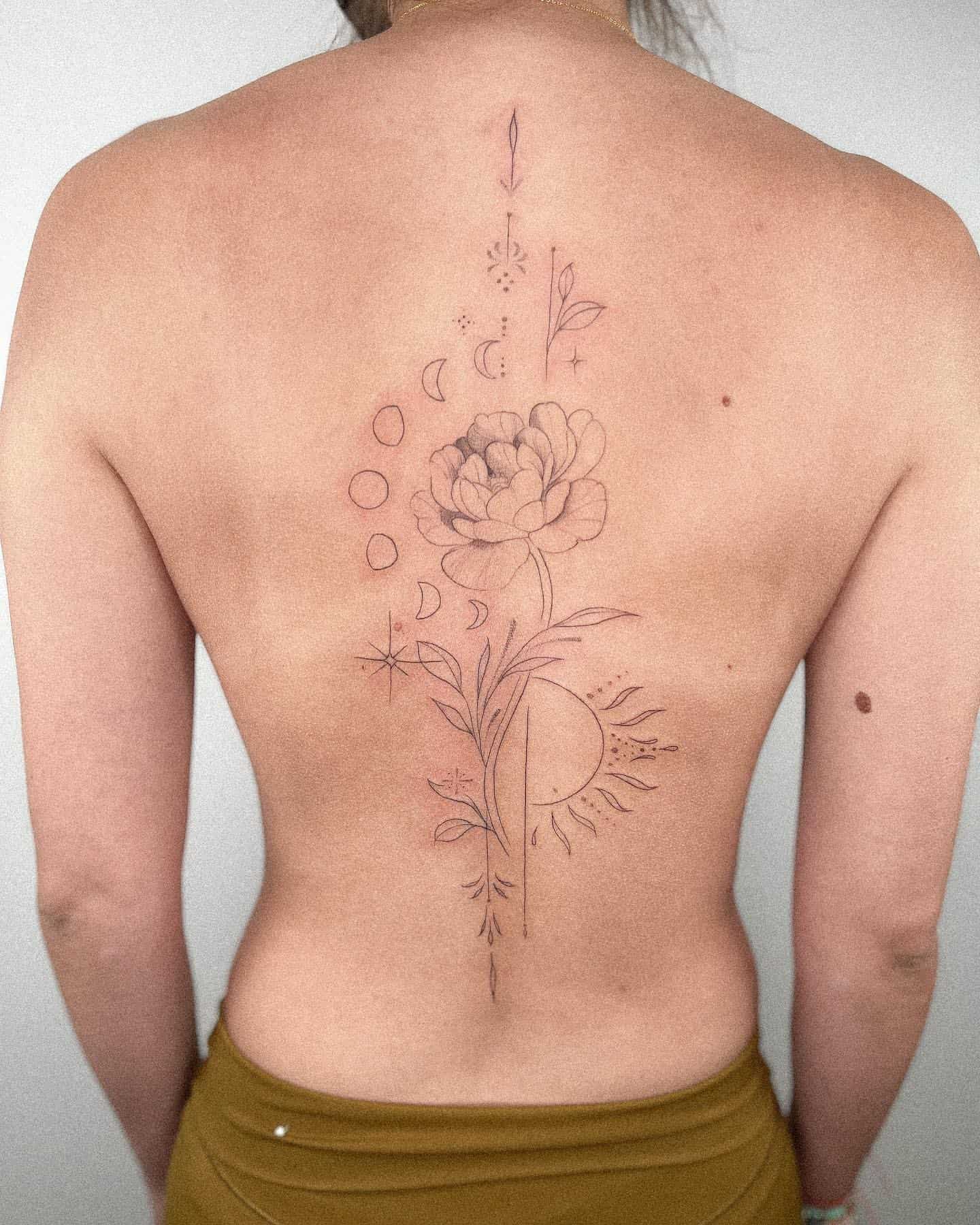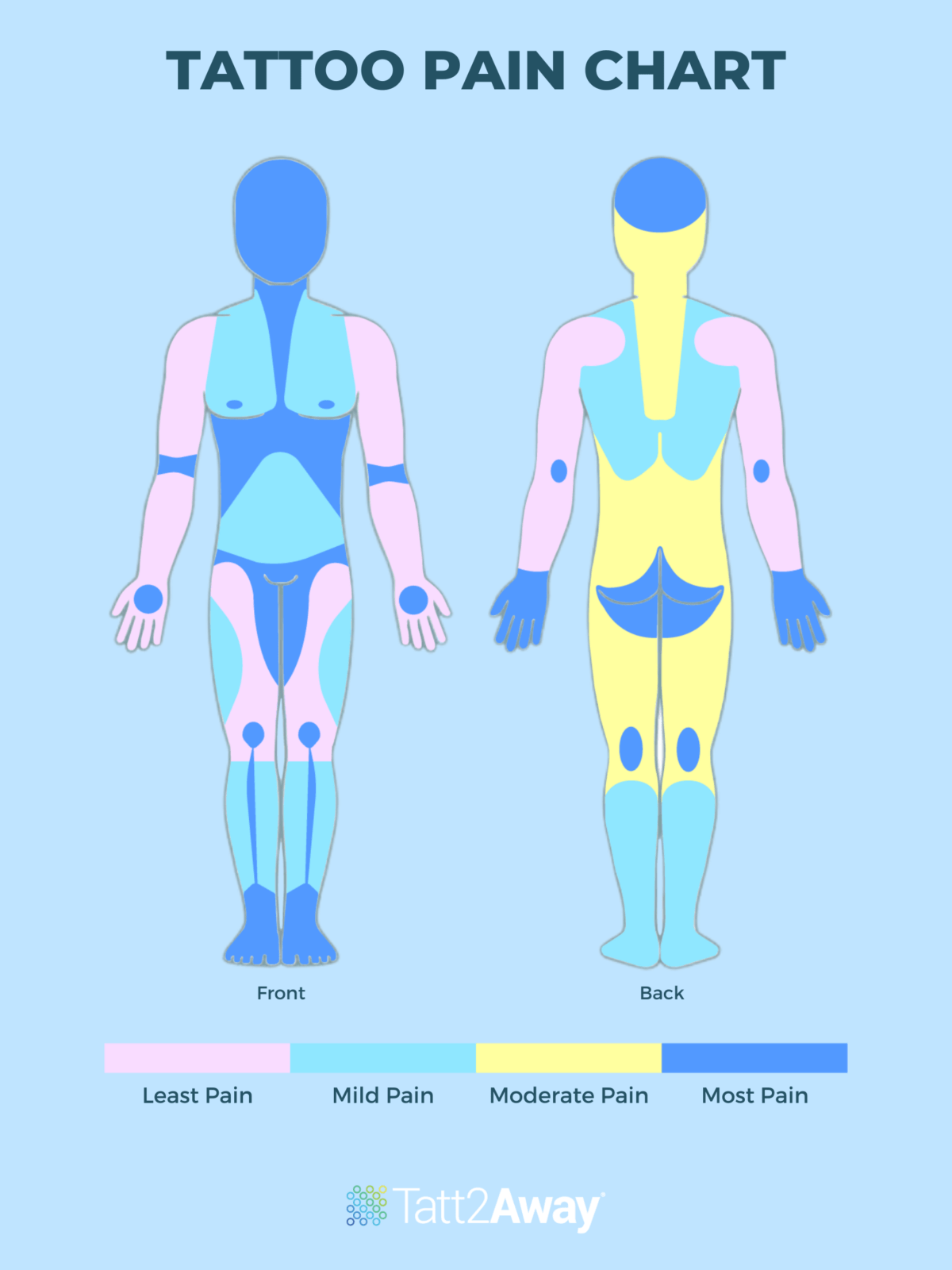
Okay, so you’re thinking about getting a sunflower tattoo down your spine?
That’s a pretty big commitment, literally and figuratively.
Is a sunflower tattoo a good idea for a spine design, though?
Let’s really dig into that.
Are you worried about the pain?
Will it look good as you get older?
Does it even mean anything to you, or are you just chasing a trend?
Let’s break it down, real talk.
Sunflower Spine Tattoos: The Good, The Bad, & The Blooming
Okay, sunflowers are gorgeous.
They symbolize so much good stuff: happiness, optimism, longevity, and adoration.
But a spine tattoo? That’s a whole other level.
Here’s what to consider:
- Pain Factor: Spine tattoos are notoriously painful. We’re talking close to the bone, lots of nerve endings. Be prepared.
- Design Flow: Does the sunflower’s shape naturally complement your spine? Will it flow with your body’s curves?
- Size Matters: Too small, and it’ll look like a blurry line in a few years. Too big, and it might overwhelm your back.
- Artist Choice: This is NOT the time to go cheap. Find an artist who specializes in detailed floral work and has experience with spine tattoos. Check their portfolio, obsessively.
- Personal Meaning: Why a sunflower? What does it represent for you? A tattoo should resonate with your soul, not just look pretty.
I had a friend, Sarah, who got a gorgeous peony tattoo on her ribs. She didn’t research her artist enough. The lines were shaky, and the shading was uneven. She regrets it to this day. Don’t be Sarah.
Is A Sunflower Tattoo On Your Spine Right For You?
Let’s get personal.
Think about these questions:
- Are you okay with the commitment? Tattoos are (mostly) forever.
- Can you handle the pain? Honestly, it’s gonna hurt.
- Do you have a high pain tolerance? Scale of 1 to screaming?
- Does the sunflower’s symbolism align with your values?
- Are you choosing it because you love it, or because it’s trendy?
If you’re answering "yes" to most of these, then a sunflower spine tattoo might be a great fit.
If you’re hesitant, take more time to think about it.
Design Ideas For Your Sunflower Spine Tattoo
Here are a few ideas to get your creative juices flowing:
- Single Sunflower: A large, detailed sunflower as the focal point.
- Multiple Sunflowers: A trail of sunflowers cascading down your spine.
- Sunflower with Vines: Incorporate vines and leaves for a more organic look.
- Geometric Sunflower: A modern, stylized take on the classic flower.
- Watercolor Sunflower: Soft, blended colors for a dreamy effect.
Remember to work closely with your artist to create a design that’s unique to you.
Aftercare: Protecting Your Blooming Masterpiece
Proper aftercare is crucial for a spine tattoo.
Here’s the drill:
- Keep it clean: Gently wash the tattoo with antibacterial soap and water.
- Moisturize: Apply a thin layer of fragrance-free lotion.
- Avoid sun exposure: Sunscreen is your best friend.
- Don’t pick or scratch: Let it heal naturally.
- Follow your artist’s instructions: They know best.
Neglecting aftercare can lead to infection and scarring. Trust me, you don’t want that.
FAQs About Sunflower Spine Tattoos
- Q: How much does a sunflower spine tattoo cost?
- A: It varies depending on size, detail, and artist. Expect to pay several hundred dollars.
- Q: How long does a spine tattoo take to heal?
- A: Typically 2-4 weeks.
- Q: Will a spine tattoo stretch as I age?
- A: It’s possible, but good skin care can help minimize stretching.
- Q: Can I get a sunflower spine tattoo removed?
- A: Yes, but it’s expensive and painful. Prevention is key!
- Q: What if I regret my sunflower tattoo later?
- A: Laser removal is an option, or you can explore cover-up designs.
Ultimately, deciding if a sunflower tattoo is a good idea for a spine design is a personal choice.
Weigh the pros and cons, do your research, and listen to your gut.
Make sure it’s a design that you’ll love for years to come.
And remember, finding the right artist and taking care of your tattoo are essential for a beautiful and lasting result. With careful consideration and planning, a sunflower tattoo is a good idea for a spine design that can be a stunning and meaningful piece of art.










